Understanding Blow Moulded Plastic Parts
What are Blow Moulded Plastic Parts?
Blow moulded plastic parts are hollow objects formed through the blow moulding manufacturing process. This process involves heating a tube of plastic (called a parison) until it is pliable, placing it inside a mould, and then using compressed air to inflate the plastic into the shape of the mould. The method is extensively used to produce a variety of hollow plastic items, including bottles, containers, and complex automotive parts. The versatility and efficiency of this manufacturing technique have made it a preferred choice across various industries. For a more detailed exploration of blow moulded plastic parts, it’s important to understand its applications and benefits.
Common Applications of Blow Moulded Plastics
Blow moulded plastics find application in numerous sectors due to their lightweight, durability, and cost-effectiveness. Some common applications include:
- Beverage Bottles: One of the most recognizable uses, where high-density polyethylene (HDPE) and polyethylene terephthalate (PET) are prevalent.
- Containers: Used for packaging food, chemicals, and personal care products, ensuring safety and product longevity.
- Automotive Parts: Blow moulded parts such as fuel tanks, air ducts, and housings contribute to reducing vehicle weight while enhancing performance.
- Household Items: Items like toys, kitchenware, and bins are commonly manufactured using blow moulding methods due to their convenience and affordability.
The Benefits of Using Blow Moulded Parts
The advantages of blow moulded plastic parts are manifold:
- Cost-Effective Production: The process allows for high-volume manufacturing with low per-unit costs.
- Design Flexibility: Manufacturers can create complex shapes and varied sizes to meet specific needs.
- Material Efficiency: Less wasted material is a significant advantage, as the mould design typically maximizes the use of raw materials.
- Durability: Blow molded parts are typically resistant to impact and weathering, increasing their lifespan.
The Blow Moulding Process Explained
Different Types of Blow Moulding Techniques
There are three primary methods of blow moulding, each with unique characteristics:
- Extrusion Blow Moulding (EBM): Involves extruding the parison and then enclosing it within the mould. This method is mostly used for creating larger items.
- Injection Blow Moulding (IBM): This combines injection moulding to create the preform and then blow moulding it to form the final part, favored for smaller, more complex items.
- Injection Stretch Blow Moulding (ISBM): This method stretches the preform to create a stronger final product, commonly used for products requiring higher clarity and strength, such as beverage bottles.
Materials Used in Blow Moulding
The selection of materials is crucial in blow moulding, and several types of plastics are commonly used due to their respective properties:
- Polyethylene (HDPE, LDPE): Known for its durability and flexibility, HDPE is often used in bottles and containers.
- Polypropylene (PP): Offers excellent impact resistance and is lightweight, making it suitable for a range of applications, including automotive and consumer products.
- Polyethylene Terephthalate (PET): Widely used for its strength and clarity, particularly for food and drink packaging.
- Polyvinyl Chloride (PVC): Valued for its rigidity and resistance to environmental degradation, PVC is used in various applications including piping and construction materials.
Step-by-Step Guide to Blow Moulding
The blow moulding process involves several crucial steps:
- Material Preparation: The plastic resin is processed into a parison, which is a hollow tube.
- Heating: The parison is heated to a temperature that renders the plastic pliable.
- Moulding: The heated parison is clamped into a mould, and air is blown into it, allowing the plastic to expand and take the shape of the mould.
- Cooling: After forming, the part is cooled to maintain its shape and dimensions.
- Demoulding: The finished product is removed from the mould and inspected for quality.
Choosing the Right Manufacturer for Blow Moulded Components
Factors to Consider When Selecting a Manufacturer
Choosing the right blow moulding manufacturer is essential for ensuring product quality and design integrity. Key factors include:
- Manufacturing Capabilities: Ensure the manufacturer has the right technology and experience to handle your specific part designs and volumes.
- Quality Control: Look for manufacturers that implement strict quality assurance protocols to minimize defects.
- Customer Service: A responsive and helpful manufacturer can ease the process from design to delivery.
- Reputation: Research testimonials and case studies to gauge the reliability and performance of the manufacturer.
Quality Assurance in Blow Moulding Production
Quality assurance is critical in blow moulding to ensure that parts meet industry standards and customer specifications. Manufacturers often utilize:
- In-Process Inspections: Continuous monitoring during production helps detect issues early.
- Final Inspection: Finished products undergo thorough checks for dimensions, strength, and appearance before shipment.
- Certifications: Quality certifications like ISO ensure that the manufacturing process complies with international standards.
Top Suppliers in the Blow Moulding Industry
In the competitive landscape of blow moulding, various suppliers stand out for their expertise and innovation. Companies to consider include:
- Berry Global Inc: Known for its extensive range of blow moulded products and commitment to sustainability.
- Plastipak Packaging: A leader in global packaging solutions, offering innovative products in the blow moulding sector.
- ALPLA: Renowned for its customized packaging solutions, including blow moulding.
Innovations in Blow Moulded Plastic Technology
Recent Advances in Blow Moulding Equipment
Technological advancements in blow moulding equipment have significantly enhanced production capabilities:
- Automation: Automated blow moulding machines increase production speed and reduce labor costs.
- Energy Efficiency: Modern machines consume less energy, reducing operational costs and environmental impacts.
- Precision Engineering: Enhanced mould designs ensure tighter tolerances and better overall part quality.
Sustainable Practices in Blow Moulding
As environmental concerns rise, many manufacturers are adopting sustainable practices in blow moulding:
- Recycling Materials: Increasingly using recycled plastics to reduce waste and lower material costs.
- Lightweighting: Designing thinner, lighter products that use less material while maintaining performance.
- Eco-friendly Processes: Implementing energy-efficient practices and reducing emissions during manufacturing.
Future Trends in Blow Moulded Products
The future of blow moulding looks promising with emerging trends that are shaping the industry:
- Smart Packaging: Integrating technology into packaging for enhanced functionality, like freshness indicators.
- Personalization: Increase demand for customized products tailored to specific consumer needs.
- Sustainable Innovations: Continued development of biodegradable and compostable plastics for eco-friendly products.
Performance Metrics for Blow Moulded Parts
Assessing the Durability of Blow Moulded Components
Durability plays a critical role in the performance of blow moulded components. Key metrics include:
- Impact Resistance: Evaluating how well the component withstands physical impacts.
- Environmental Resistance: Testing for resistance to UV, moisture, and temperature fluctuations.
- Longevity: Assessing the expected lifespan of products, with warranties often helping consumers gauge quality.
Cost-Effectiveness of Blow Moulded Solutions
Cost analysis for blow moulding involves evaluating the initial investment against the long-term benefits:
- Production Costs: Understanding machine, labor, and material costs to determine profitability.
- Waste Reduction: Analyzing savings through reduced material waste and rework.
- Return on Investment (ROI): Calculating the efficiency of the production process in relation to market demand.
Customer Satisfaction and Feedback
Gathering and analyzing customer feedback is crucial for improving blow moulded products. Effective strategies include:
- Surveys and Interviews: Direct feedback from users can highlight areas for improvement.
- Performance Metrics: Tracking product returns and issues can inform manufacturing adjustments.
- Market Trends: Being responsive to changing market needs ensures that products align with consumer preferences.
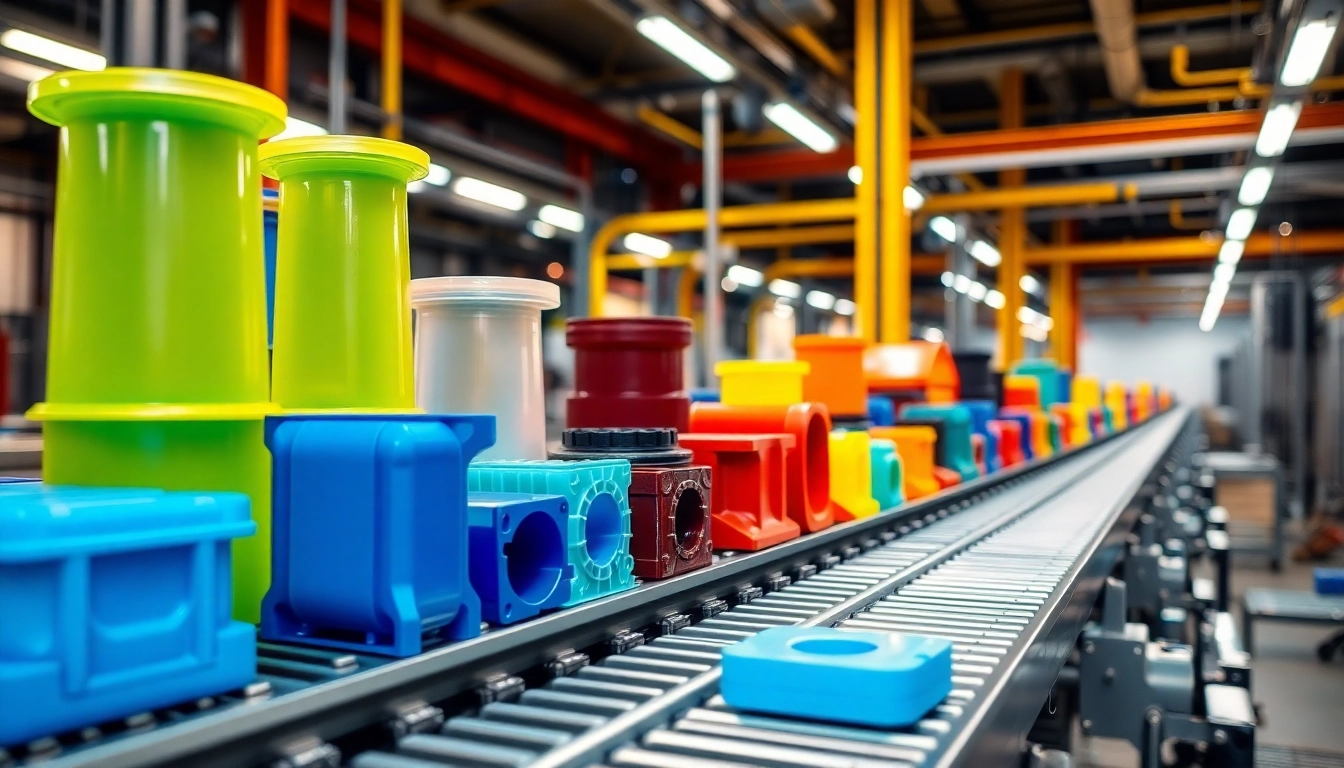
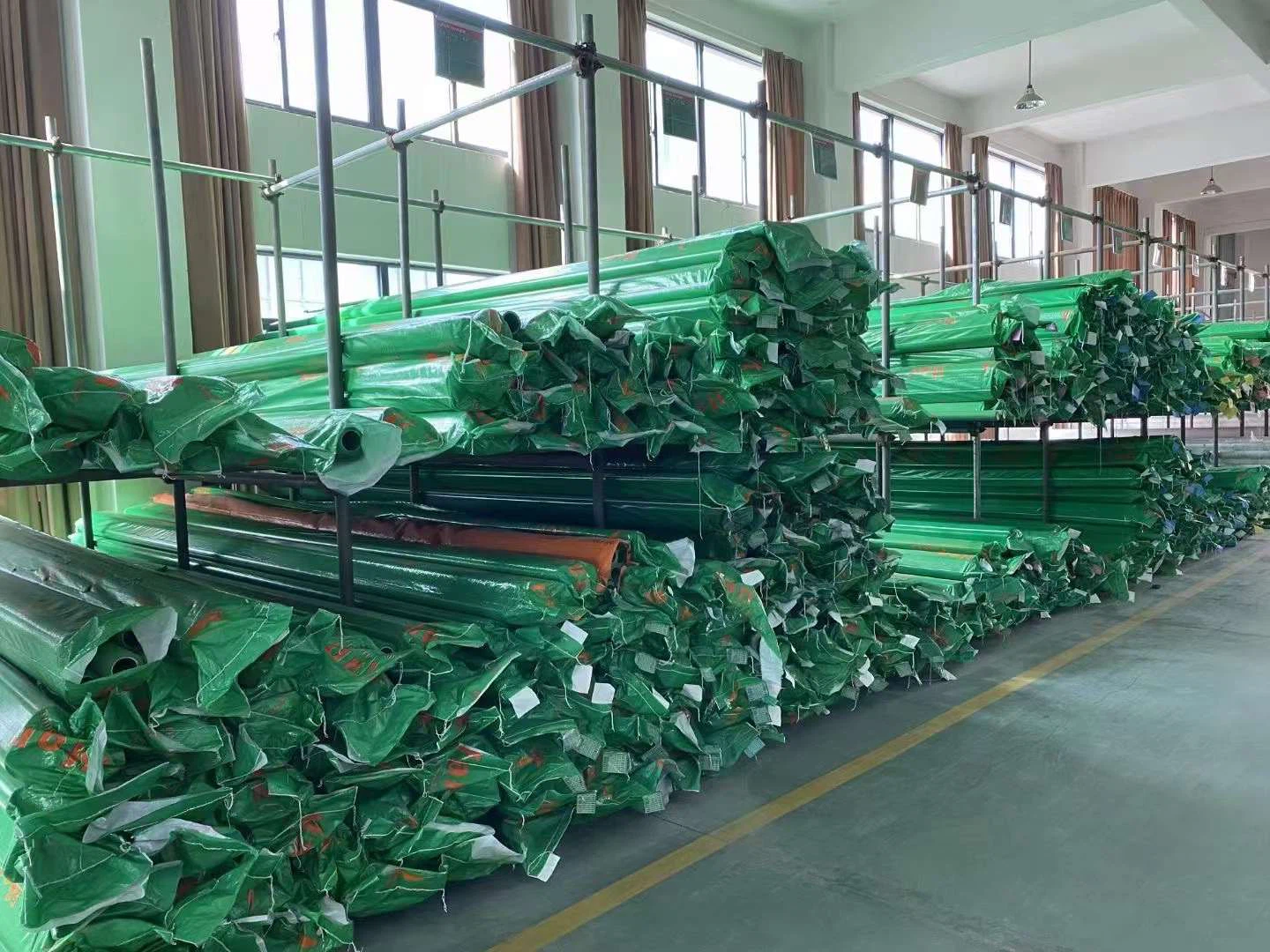
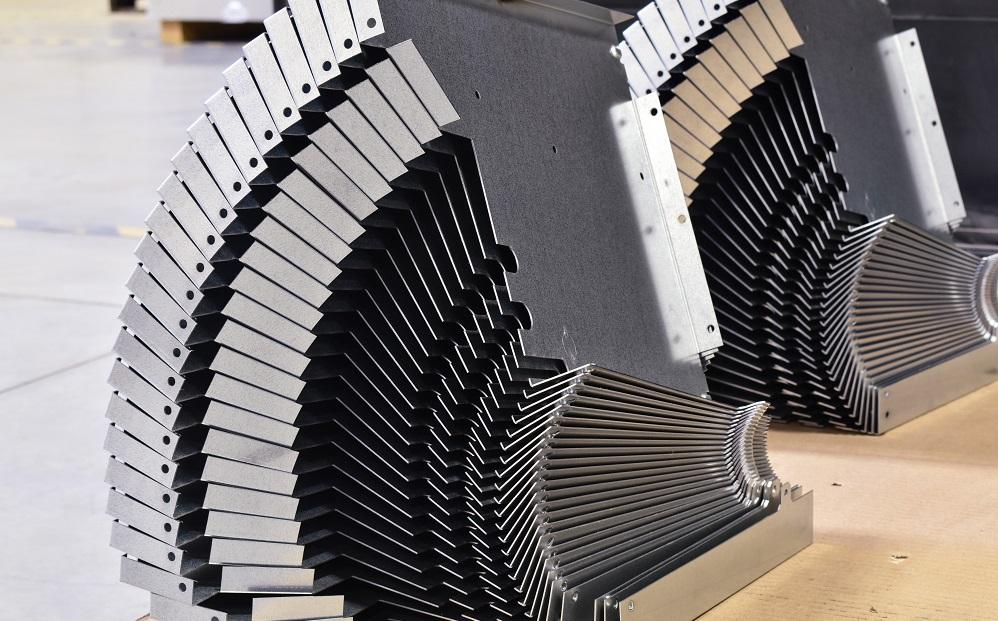
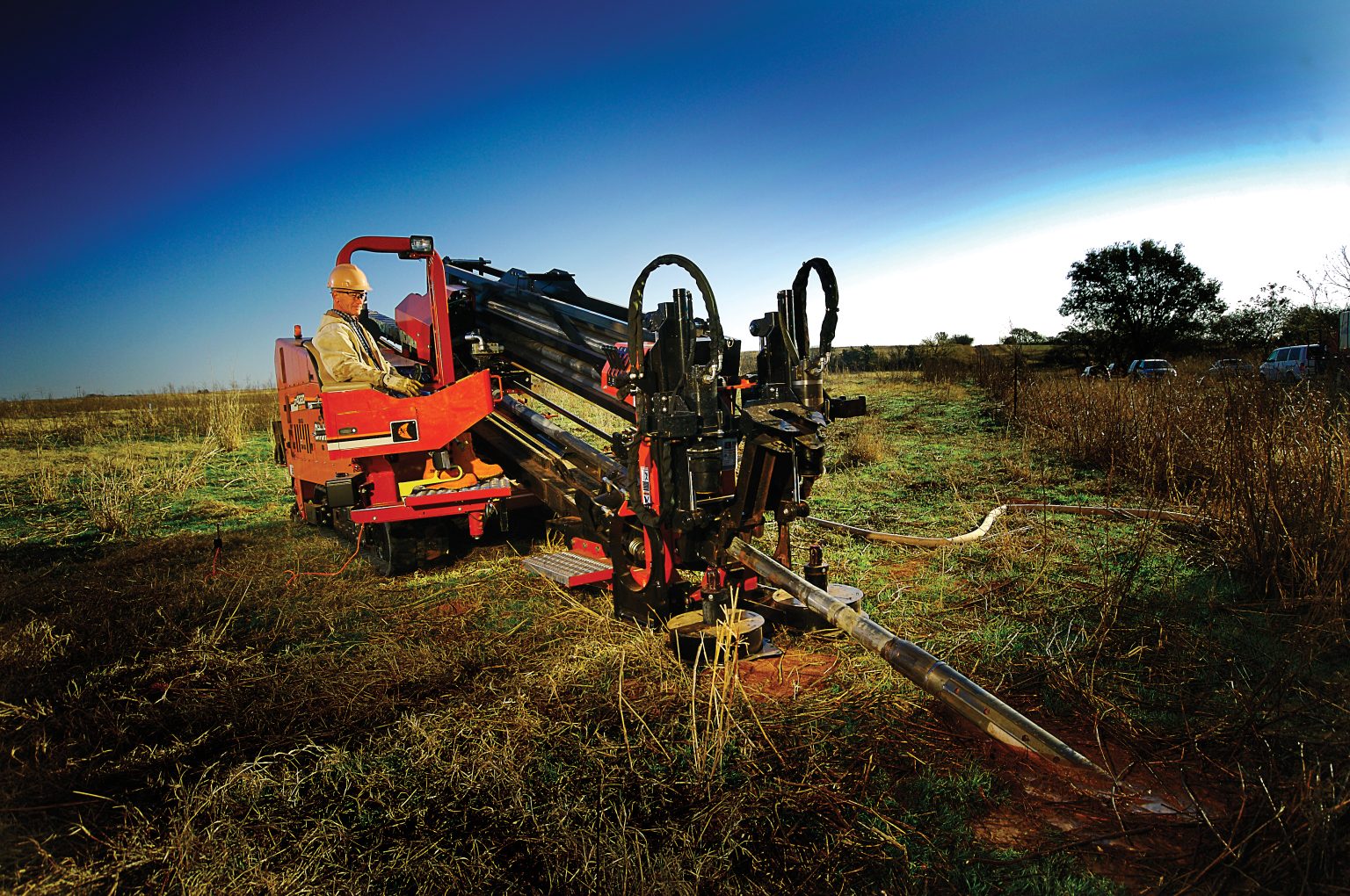
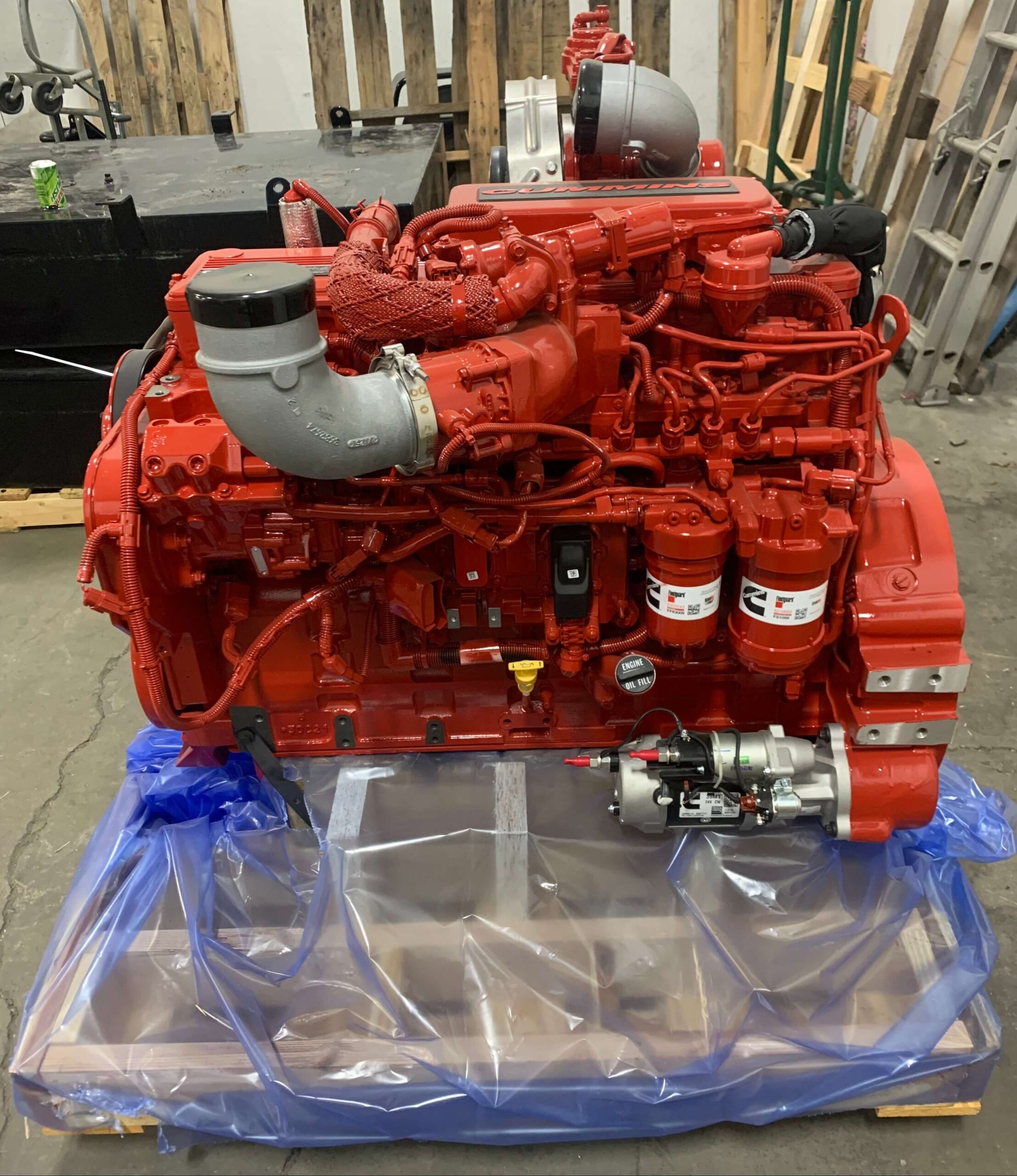




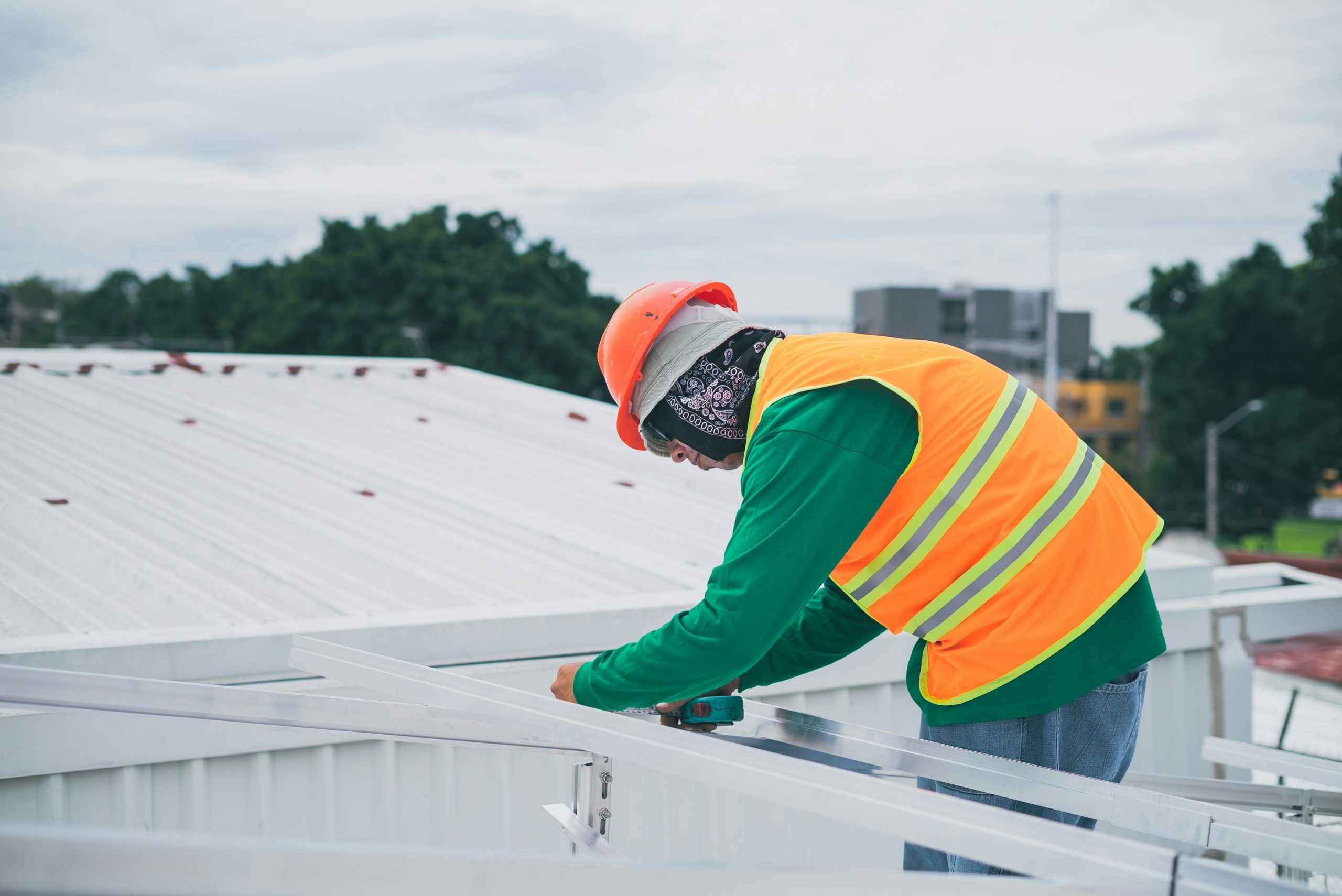
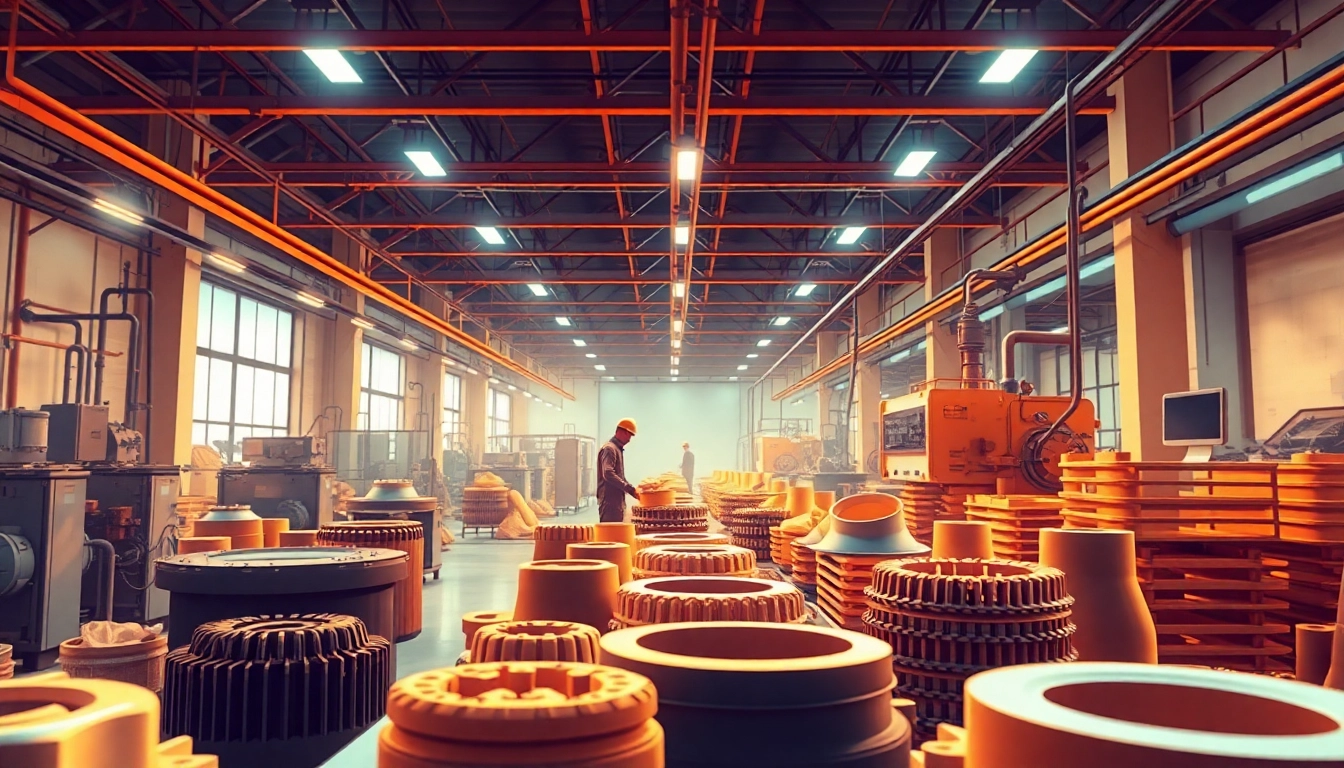




Leave a Reply